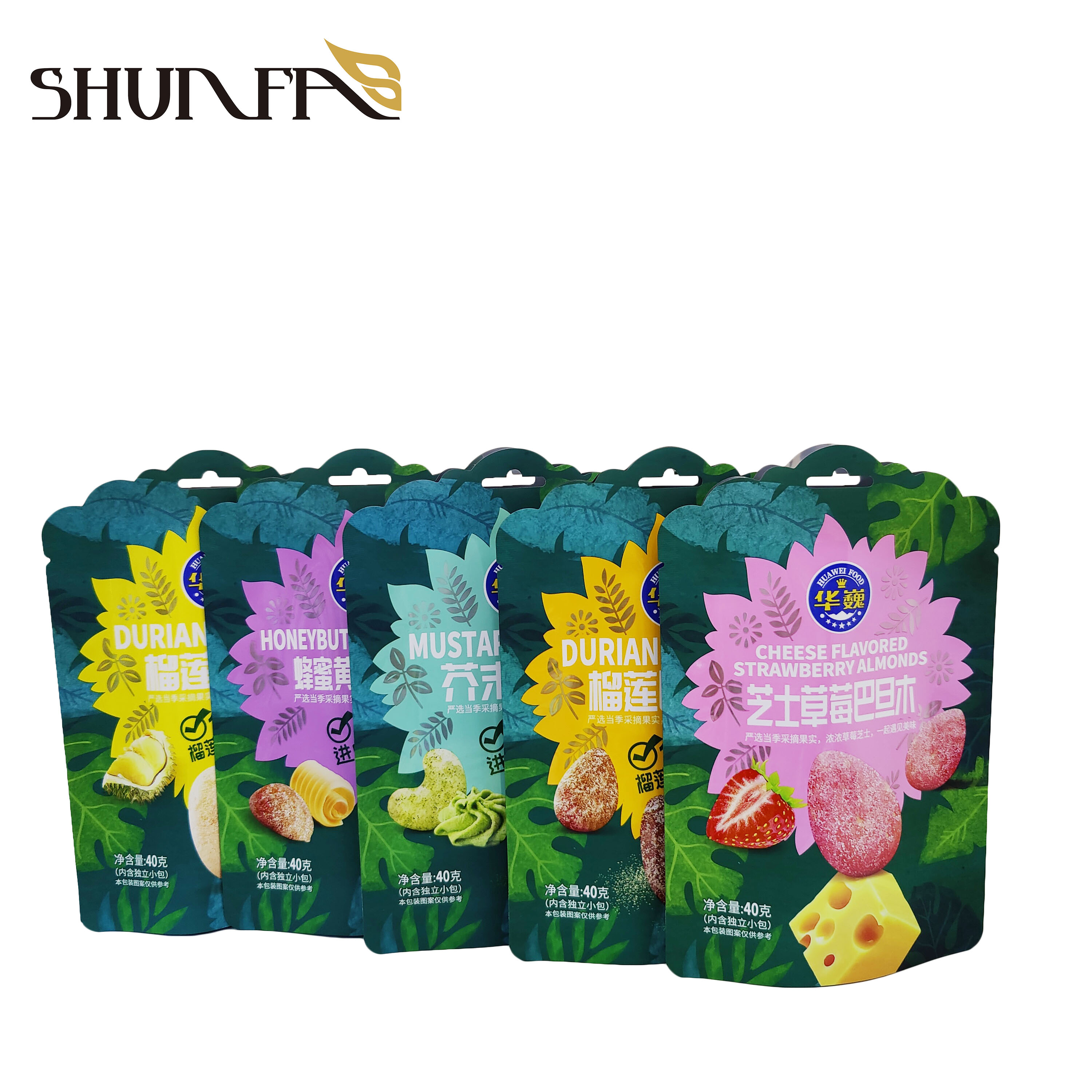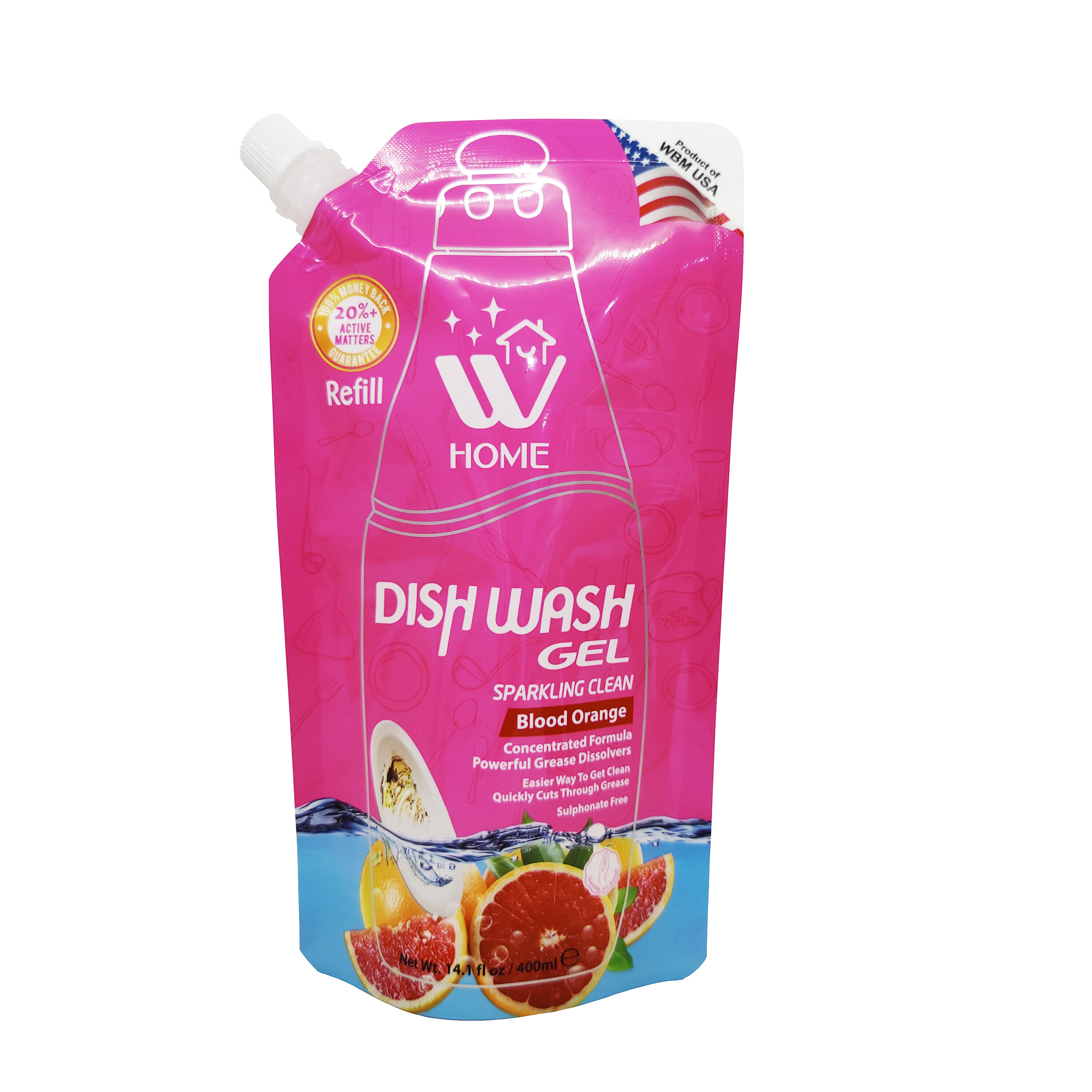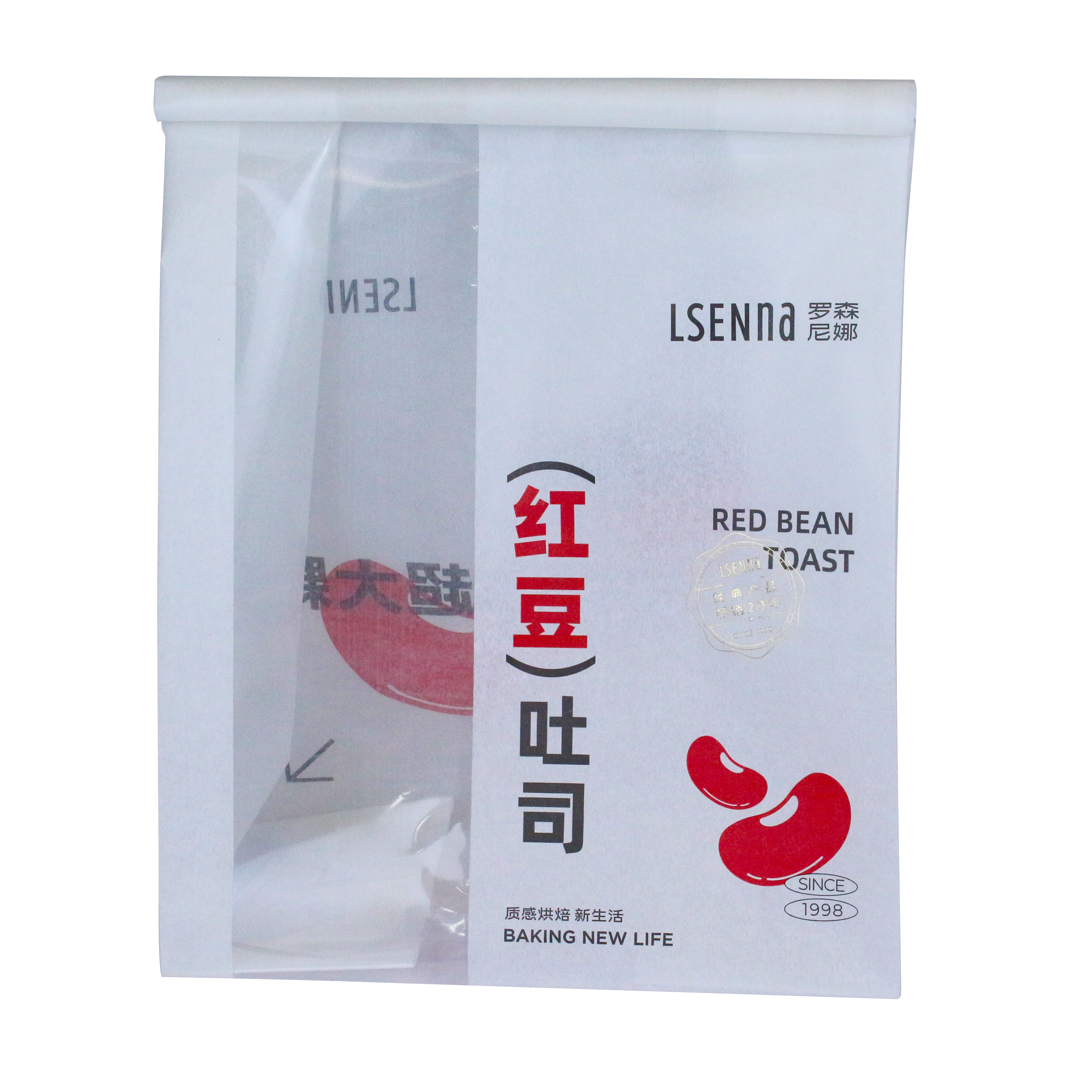Food packaging plays a crucial role in the food industry for several reasons:
Protection: A primary function of food packaging is to protect the food from external factors such as contamination, moisture, air, and light. Proper packaging ensures that the food remains safe and fresh during transportation, storage, and handling, reducing the risk of spoilage and potential health hazards.
Preservation: Food packaging can extend the shelf life of perishable products by creating a barrier against microorganisms, bacteria, and mold. Packaging materials with oxygen and moisture barriers, such as plastics, can help maintain the quality and freshness of the food for a longer period.
Convenience: Packaging allows for easy handling, transportation, and storage of food products. It provides features like stacking, sealing, resealing, and portioning, enhancing the convenience for consumers. Packaging also includes features like handles, spouts, and easy-open tabs to make it easier for consumers to use and access the food.
Communication: Packaging acts as a communication tool, conveying essential information about the product to consumers. This includes nutritional content, ingredients list, allergen warnings, cooking instructions, and storage conditions. Clear and accurate labeling helps consumers make informed decisions, select suitable products, and comply with dietary restrictions or preferences.
Branding and Marketing: Food packaging plays a significant role in branding and marketing. Attractive and well-designed packaging can capture consumers' attention, differentiate products from competitors, and influence purchasing decisions. Packaging design, colors, and logo help establish brand identity and create brand recognition.
Safety and Security: Packaging plays a crucial role in ensuring food safety and security. Tamper-evident seals and packaging technologies help protect the integrity and authenticity of the food product, giving consumers confidence in the safety and quality of the food they purchase.
Waste Reduction: Packaging materials can be designed to minimize waste generation and support environmental sustainability. The use of eco-friendly and recyclable materials, lightweighting, and packaging optimization techniques can reduce the overall environmental impact of packaging.
In conclusion, food packaging is of utmost importance in protecting, preserving, and ensuring the safety and quality of food products. It also serves as a crucial tool for communication, convenience, branding, marketing, and waste reduction in the food industry.
Post time: Jul-27-2023





